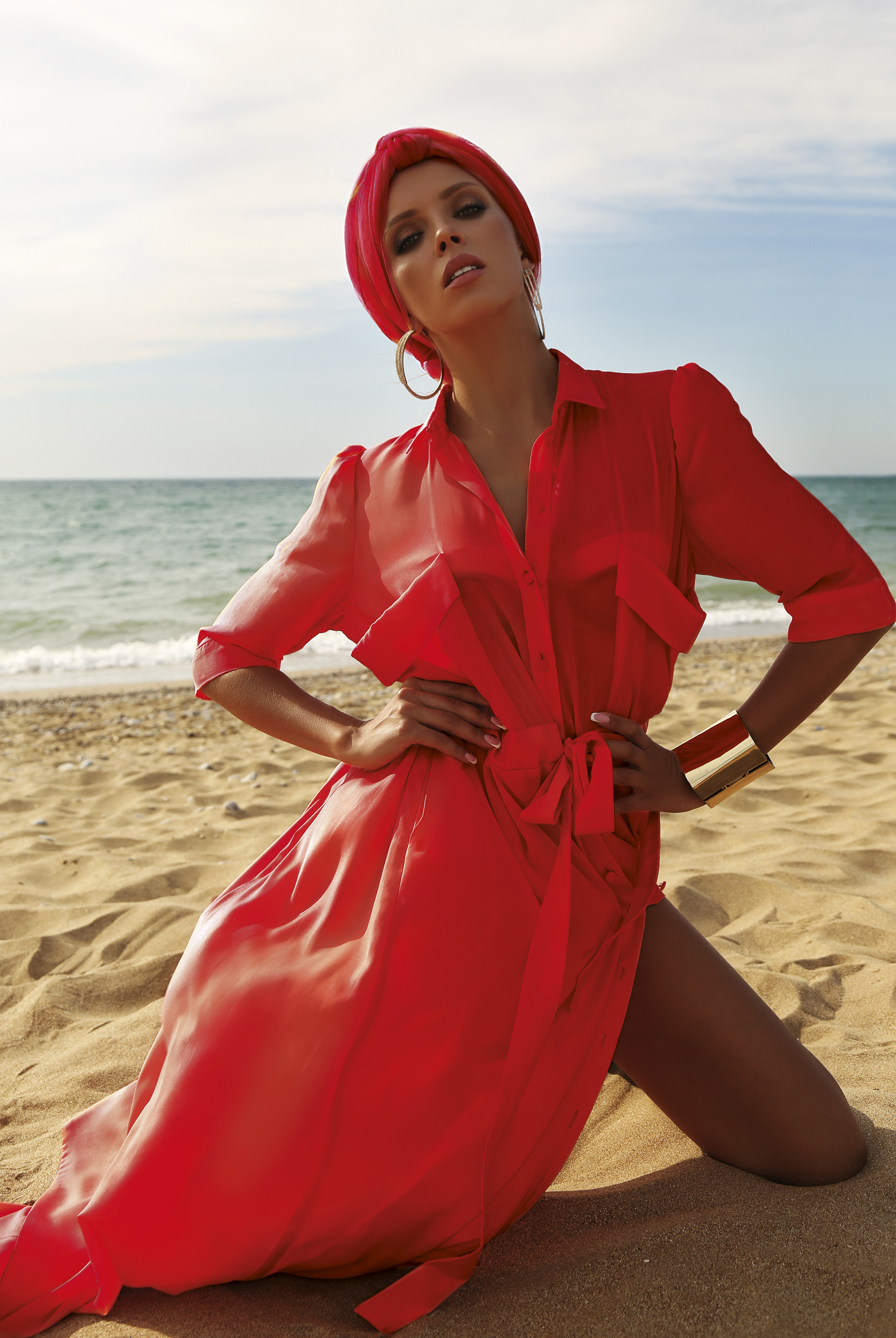Many Barcelonas – A Cultural Melting Pot
Isabel Coixet is an internationally renowned film director from Spain. Recipient of several Goya Awards, she has directed more than 20 films throughout her career. Coixet has also written novels and autobiographical books about her life and profession.

If you choose to spend a day in Barcelona travelling through time, you might begin at the oldest place in the city: the Temple of Augustus, where you can see and touch the ancient columns at the best-preserved site of Roman ruins in a city that dates back over 4,000 years. From there, walk just a few metres and you’ll jump forward thousands of years through history to the Santa Maria del Mar Basílica. Perhaps the purest and most harmonious example of Gothic architecture, with its surprising prismatic columns inspired by the Roman columns at the Temple of Augustus.
The Mercat de Santa Caterina is just a five-minute stroll from the Temple. The market, with its breathtaking ceiling of coloured tiles, was founded in 1848 on top of a convent of the same name, and has been remodelled in exquisite taste by Miralles Tagliabue EMBT. Today, it offers an excellent selection of provisions to locals from the Ribera neighbourhood and tourists alike.
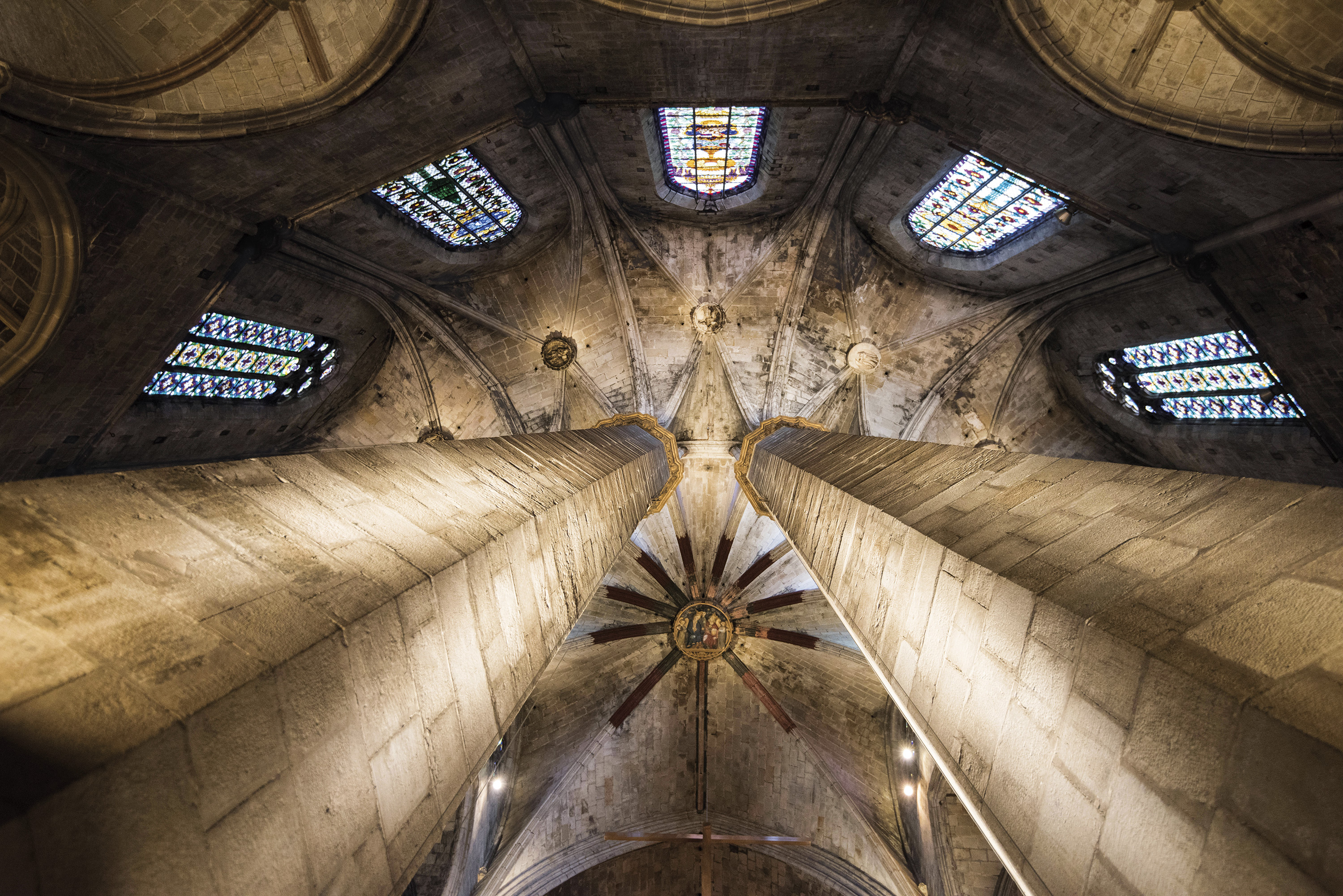

As you cross through narrow alleyways still filled with artisans’ workshops where you can find anything from custom furniture to wicker baskets, lamps and antiques, you’ll soon arrive at one of the most beautiful concert halls in the world. For me, there’s no doubt about it. Thanks to its size, acoustics and simple complexity, the Palau de la Música, built in 1908 and designed by Lluís Domènech i Montaner (a modernist architect determined to display all his knowledge of metalwork, stained-glass windows, sculpture, glass and mosaic), is quite simply the best in the world. Any piece of music you hear in this auditorium gains an extra layer of beauty and solemnity, simply from being performed on such a hallowed stage and one that is watched over by sculptures of the muses of the arts.
Like something out of a fairytale, this UNESCO World Heritage Site, along with La Pedrera/Casa Milà, are the two buildings that best showcase the kaleidoscopic virtuosity of Gaudí, the architect whose name has almost become synonymous with Barcelona. Their exceptional curved spaces are inspired by nature, and they in turn have inspired hundreds of architects across the world. You can then continue on your journey through time, travelling now to 1929, to The Barcelona Pavilion designed by Ludwig Mies van der Rohe for the International Exposition. It remains perfectly intact, with the famous Barcelona Chair as its centrepiece. How to describe this place? All at once it feels magical, austere, understated and utterly zen – despite the fact that it was created many years before such a term became popular in Spain, surging from the depths of Gaudí’s creative genius. There’s something about the house that remains in dialogue with the rolling, organic forms of La Pedrera: the yin and the yang. Two different ways to experience a city that is warm and cosmopolitan, free and exciting.
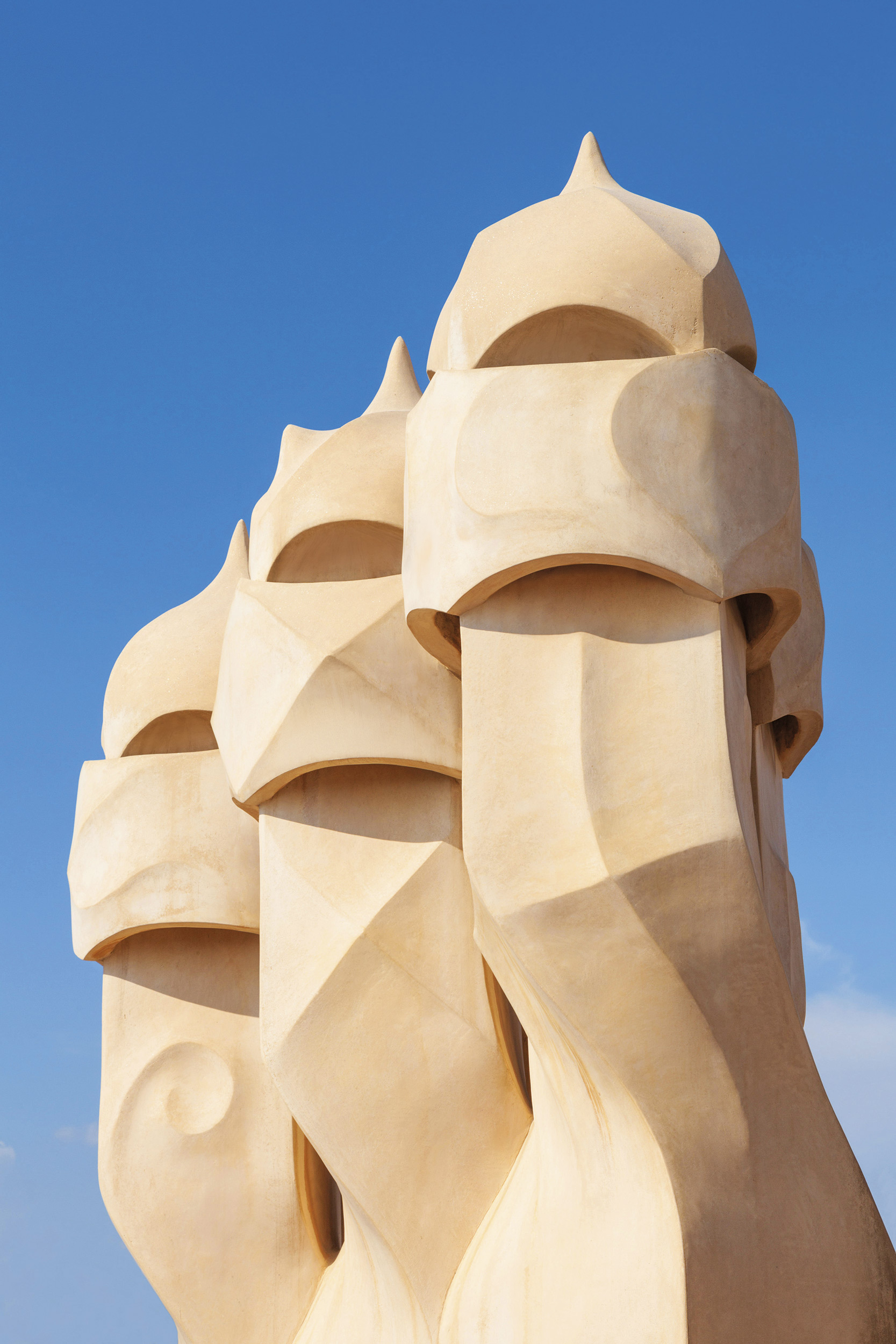

Walk towards the sea from the Mies van der Rohe Pavilion and you will pass through the Plaza del Mercat de les Flors, where there are two spaces dedicated to theatre and dance, and where there are always fascinating performances and a great vibe. In the summer it’s not unusual to see Isabelle Huppert having a drink with Jean-Paul Gaultier or Bob Wilson on the sun-dappled terraces.
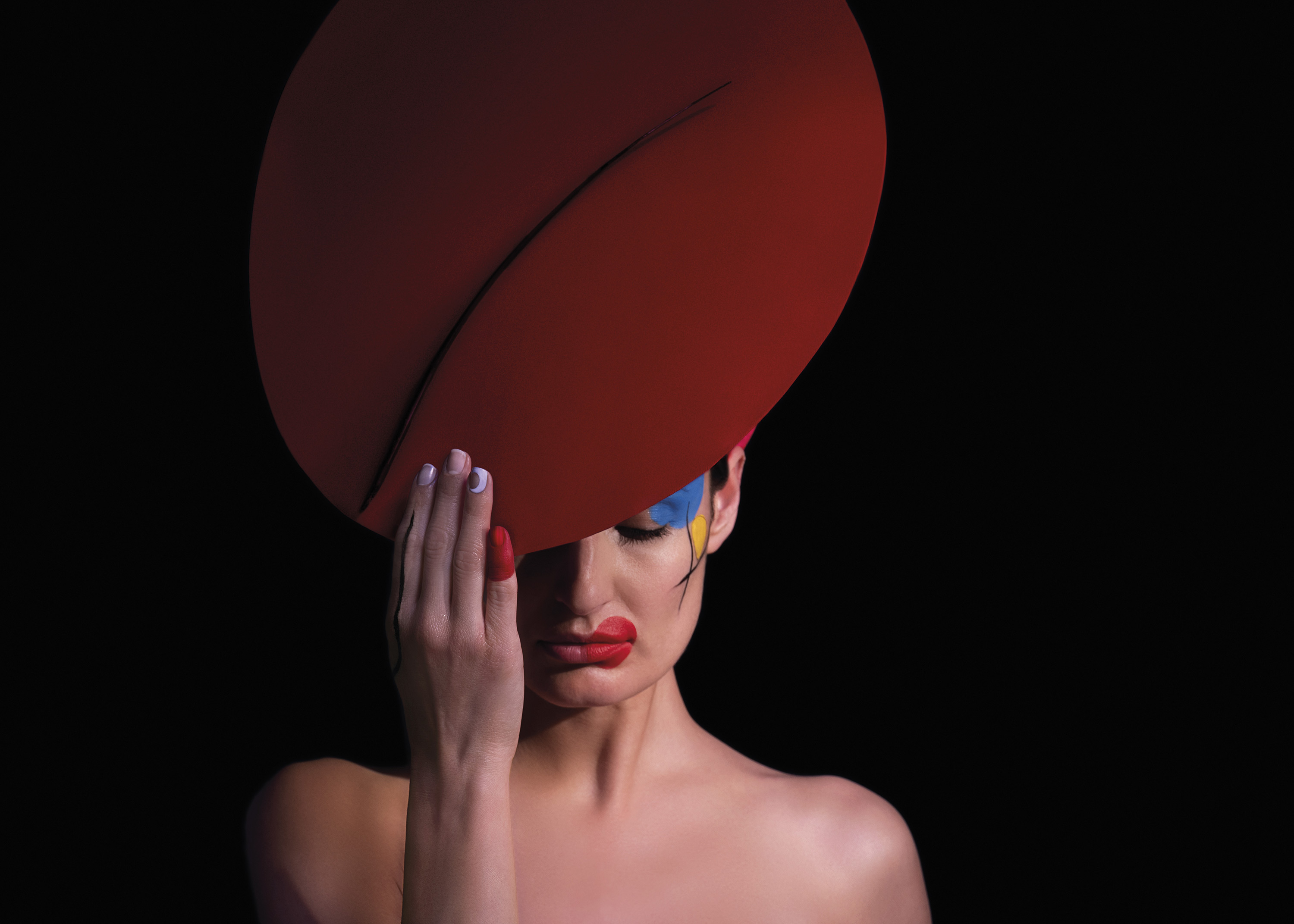
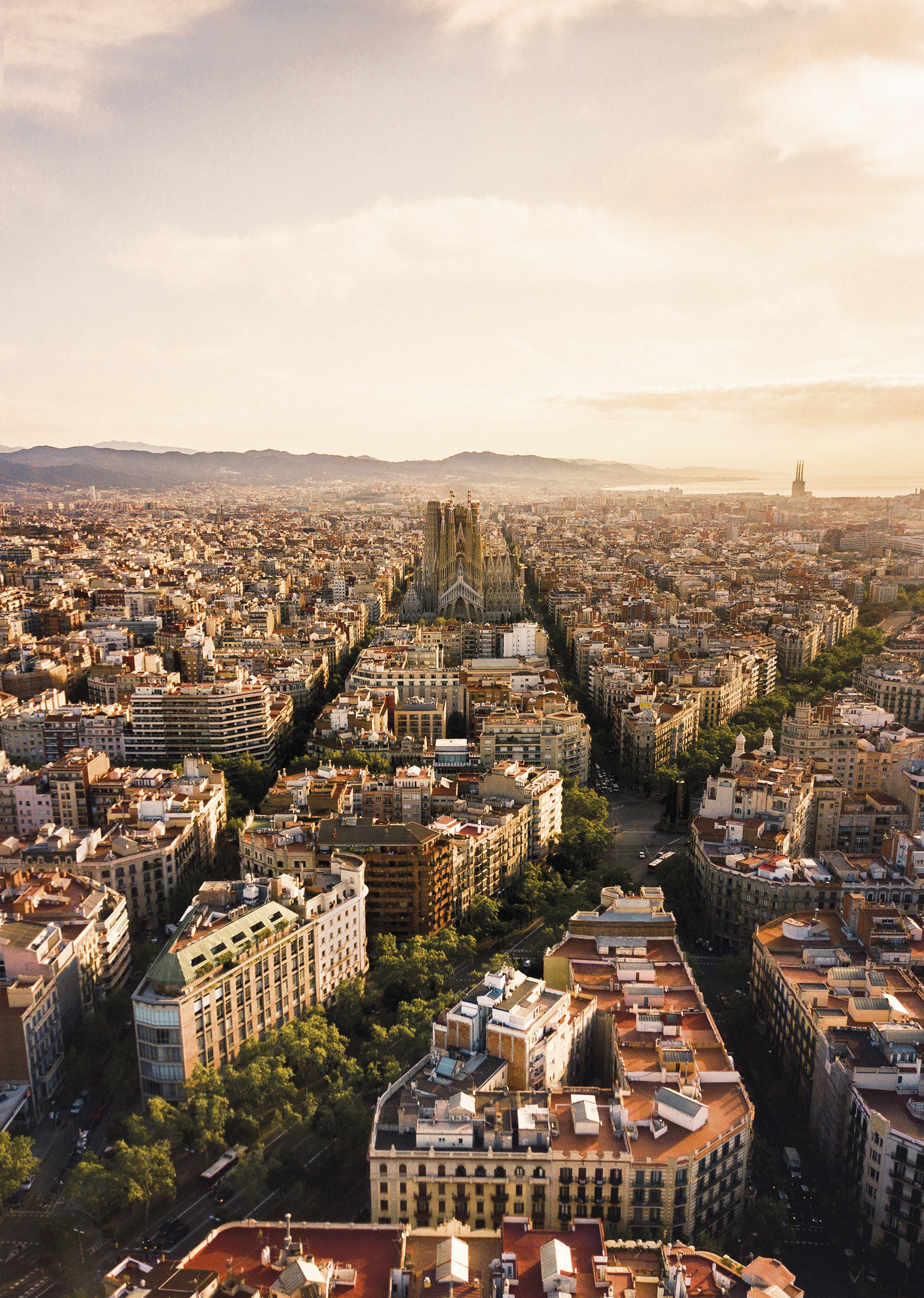
Barcelona has achieved something unique. It has managed to grow and evolve like few other major cities, embracing the digital revolution, adopting new trends and welcoming other cultures without losing its essential character. The city has preserved historic neighbourhoods such as El Born or l’Eixample, while at the same time integrating new neighbourhoods like 22@ in Poblenou – now home to many of the biggest tech firms from around the globe and a node for the city’s entrepreneurs. It’s thanks to the city’s tech revolution that the established universities (some of which are centuries old) attract many of these entrepreneurs and why more than 90,000 participate each year in the Mobile World Congress – one of the largest technology fairs in the world, which has taken place annually in Barcelona for over 15 years.
Today, balance is Barcelona’s greatest resource: balance between the past and the future, between the cultures that built the city’s foundations and the cultures that will propel it towards the future.

